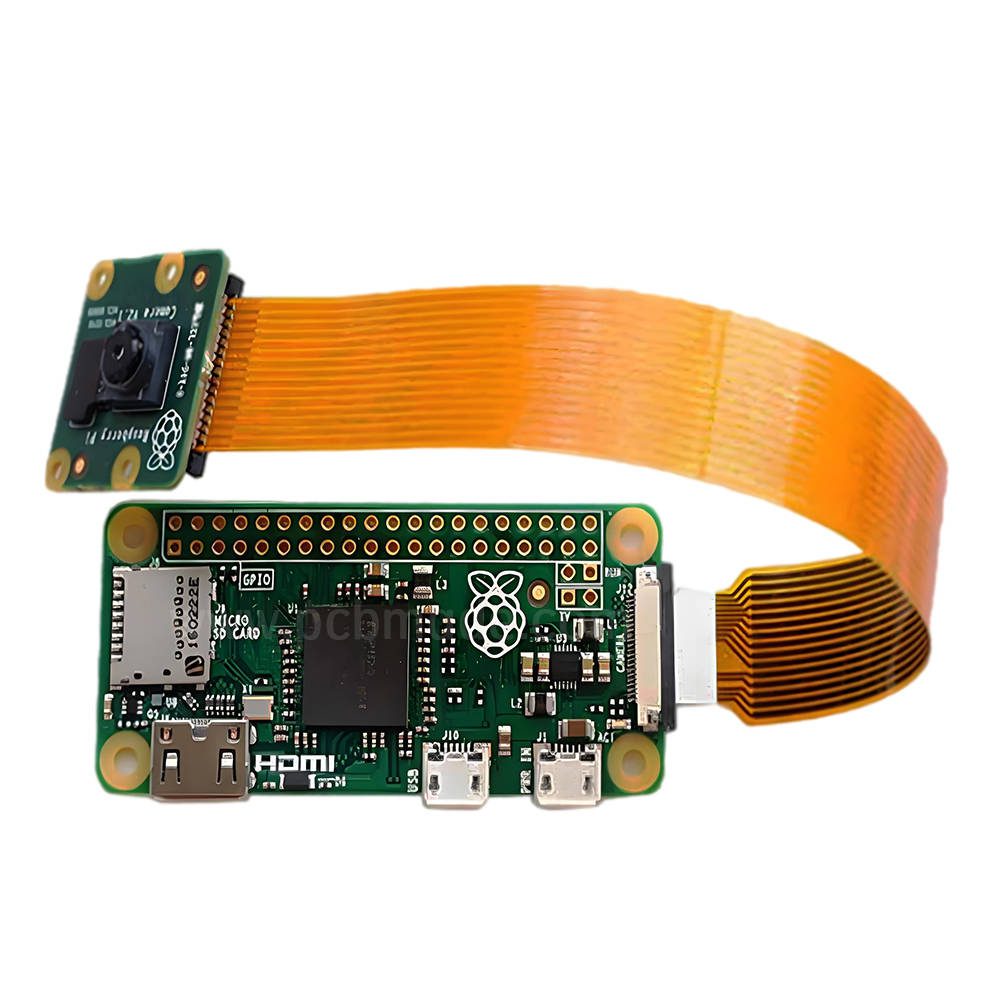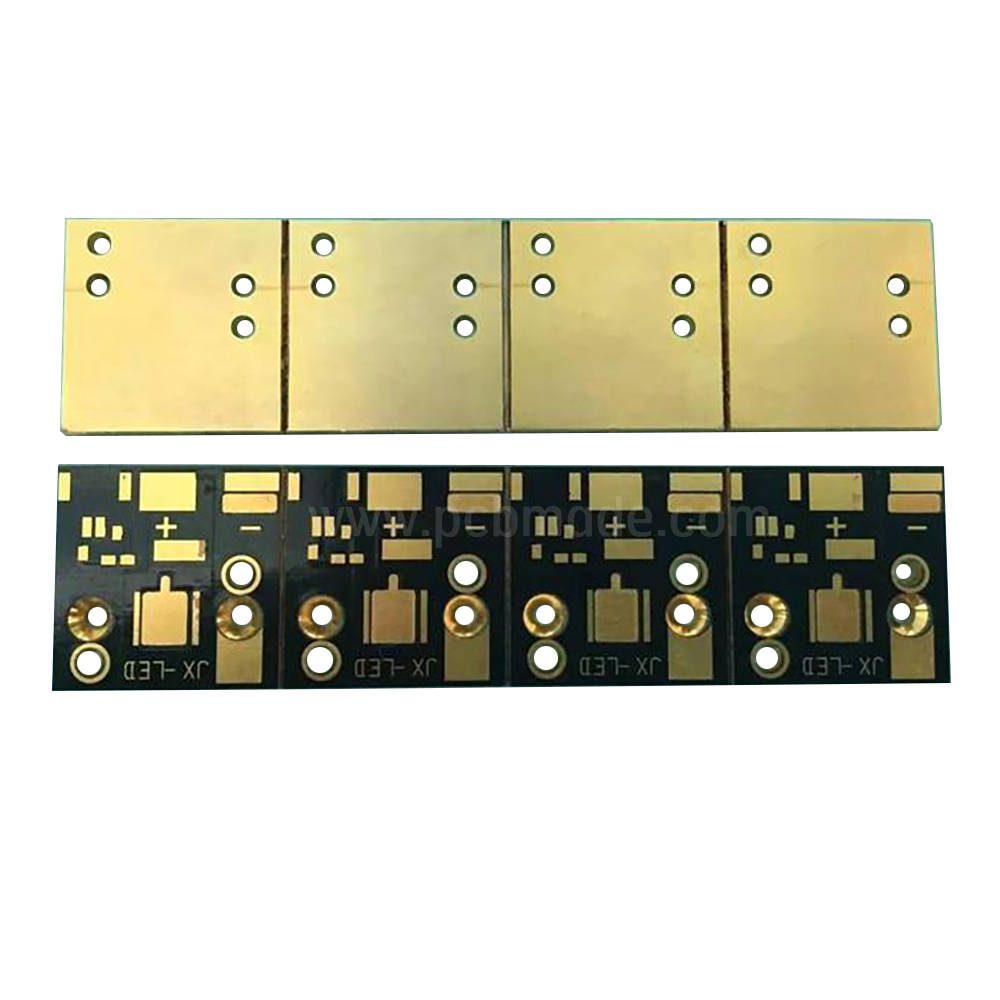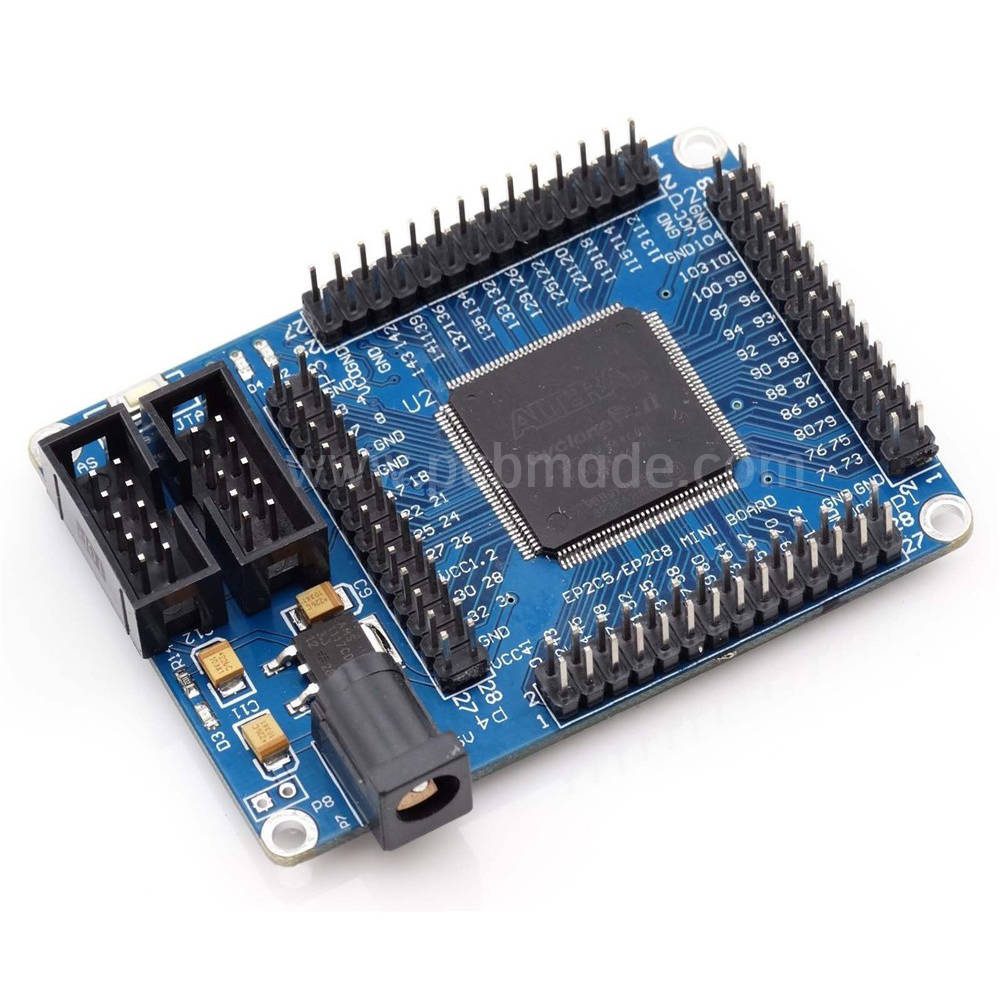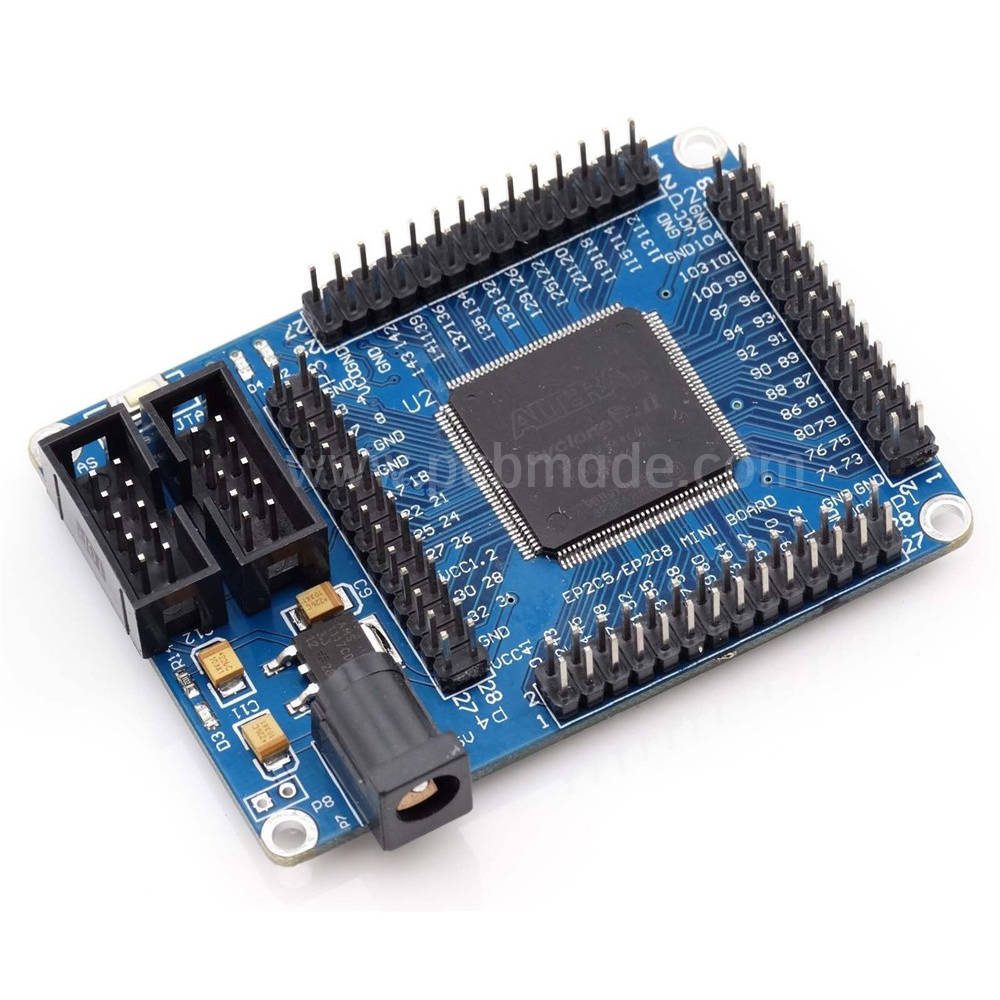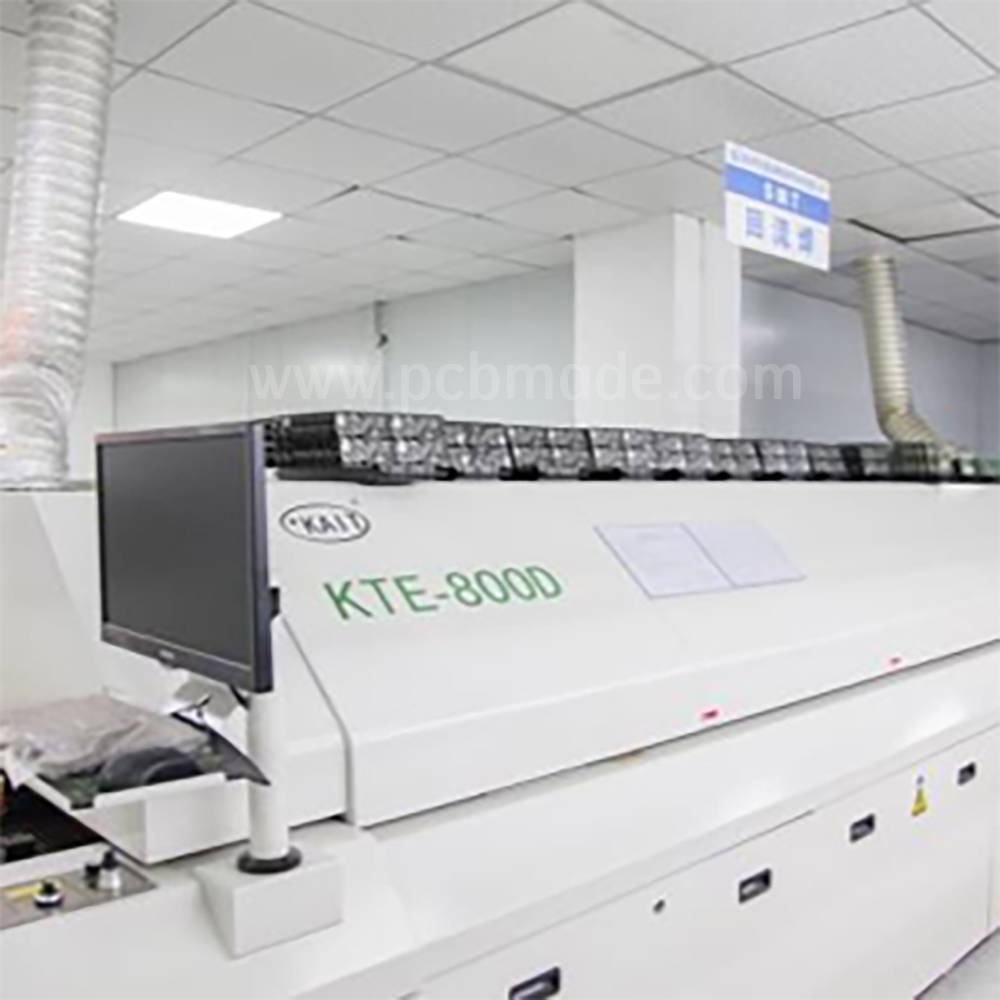The sound card PCB board is a very important component in computers, which determines the performance and stability of the sound card.
When selecting PCB materials for sound cards, the following factors need to be considered:
1. Conductivity: The sound card PCB circuit board needs to have good conductivity to ensure stable and reliable signal transmission. The commonly used conductive materials are copper, silver, and gold.
2. Mechanical strength: The sound card PCB circuit board needs to have sufficient mechanical strength to prevent problems such as cracking or deformation during use. Therefore, when selecting materials, factors such as strength and hardness need to be considered.
3. Heat resistance: The sound card PCB circuit board needs to be able to withstand high temperature environments, so its heat resistance performance needs to be considered when selecting materials.
4. Cost and availability: When selecting sound card PCB board materials, factors such as cost and availability need to be considered to ensure that the overall cost is controlled within a reasonable range.
Common materials for sound card PCB circuit boards include FR-4 fiberglass board, aluminum substrate, ceramic board, etc. Among them, FR-4 fiberglass board is one of the most commonly used materials for sound card PCB circuit boards, with good conductivity, mechanical strength, and heat resistance, and relatively low cost. Aluminum substrates have excellent heat dissipation performance and mechanical strength, making them suitable for high-power sound card applications. Ceramic plates have excellent heat resistance and mechanical strength, but the cost is relatively high.
In general, when selecting the material for the sound card PCB circuit board, it is necessary to choose according to specific application scenarios and requirements. On the premise of ensuring performance and stability, try to control costs as much as possible to obtain better cost-effectiveness.




